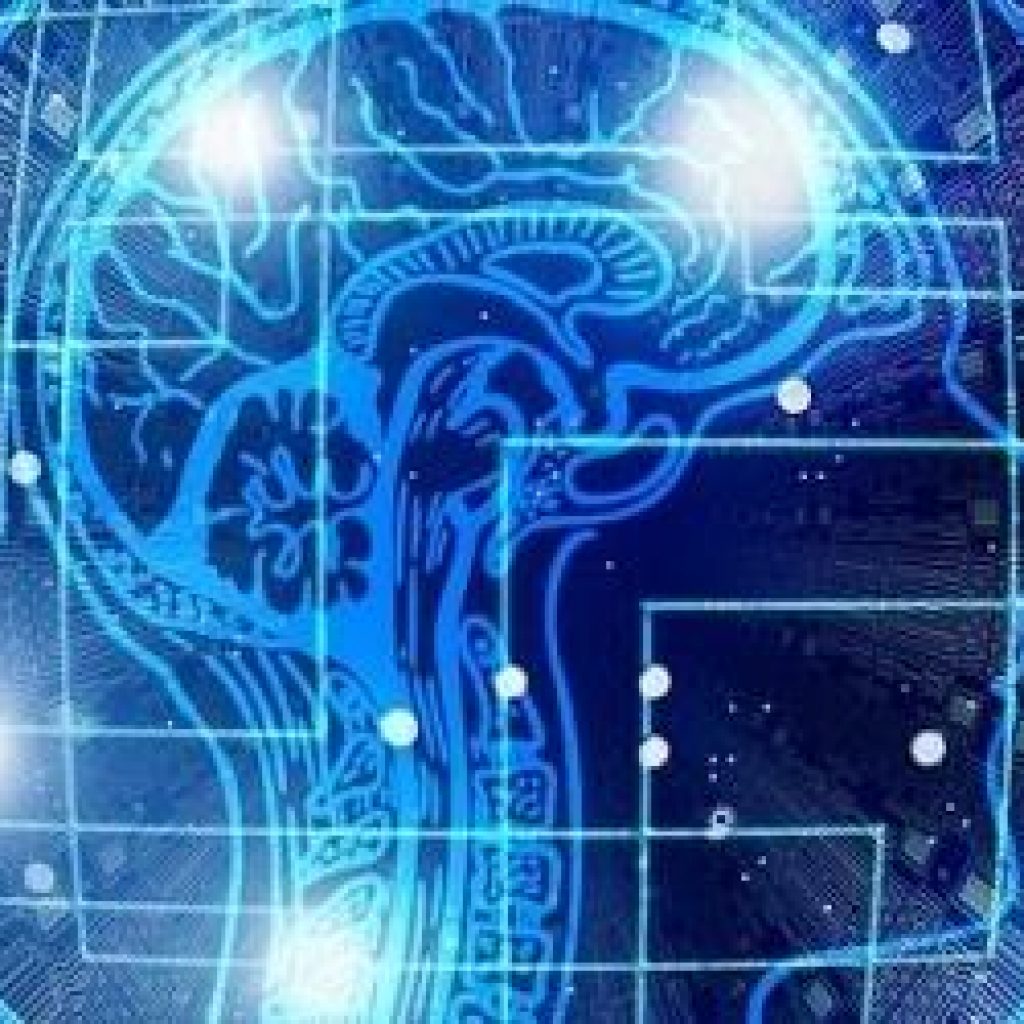(Phys.org) The article presents two new research articles that show the connecting links between quantum computing and machine learning: “Precise measurement of quantum observables with neural-network estimators,” published in Physical Review Research, and “Fermionic neural-network states for ab-initio electronic structure,” published in Nature Communications.
In the Nature Communications article from May, 2020, written with Kenny Choo (University of Zurich) and Giuseppe Carleo (Flatiron Institute), we have shown that shallow neural networks such as restricted Boltzmann machines can capture ground state energies of small molecular systems, using variational Monte Carlo techniques.
The results of this work impact both quantum and classical computing. In fact, on the one hand, our work suggests that we can safely train neural networks on quantum data from molecular systems. On the other hand, we have shown that quantum computing tools, such as fermion-to-qubit encodings, can be used in the context of classical computational techniques.
In PRR’s “Precise measurement of quantum observables with neural-network estimators,” a collaboration with two researchers from the Flatiron Institute, Giacomo Torlai and Giuseppe Carleo, we used neural network techniques on quantum computing for more-accurate chemistry simulations. The technique is based on the training of a neural network, with measurement data gathered on a quantum computer. Once trained, the neural network encodes a partial representation of the quantum state, which is good enough to recover molecular energies with extreme precision.
These links between quantum computing and machine learning will further bolster mutual interactions between the classical computational science and quantum computing communities. For quantum computing, it may mean that future applications in the quantum simulation space will increasingly benefit from processing of quantum data by machine learning techniques. For computational physics and chemistry, it is time to start looking at what can be learned from quantum computing algorithms.
Exploring the Links Between Quantum Computing and Machine Learning
